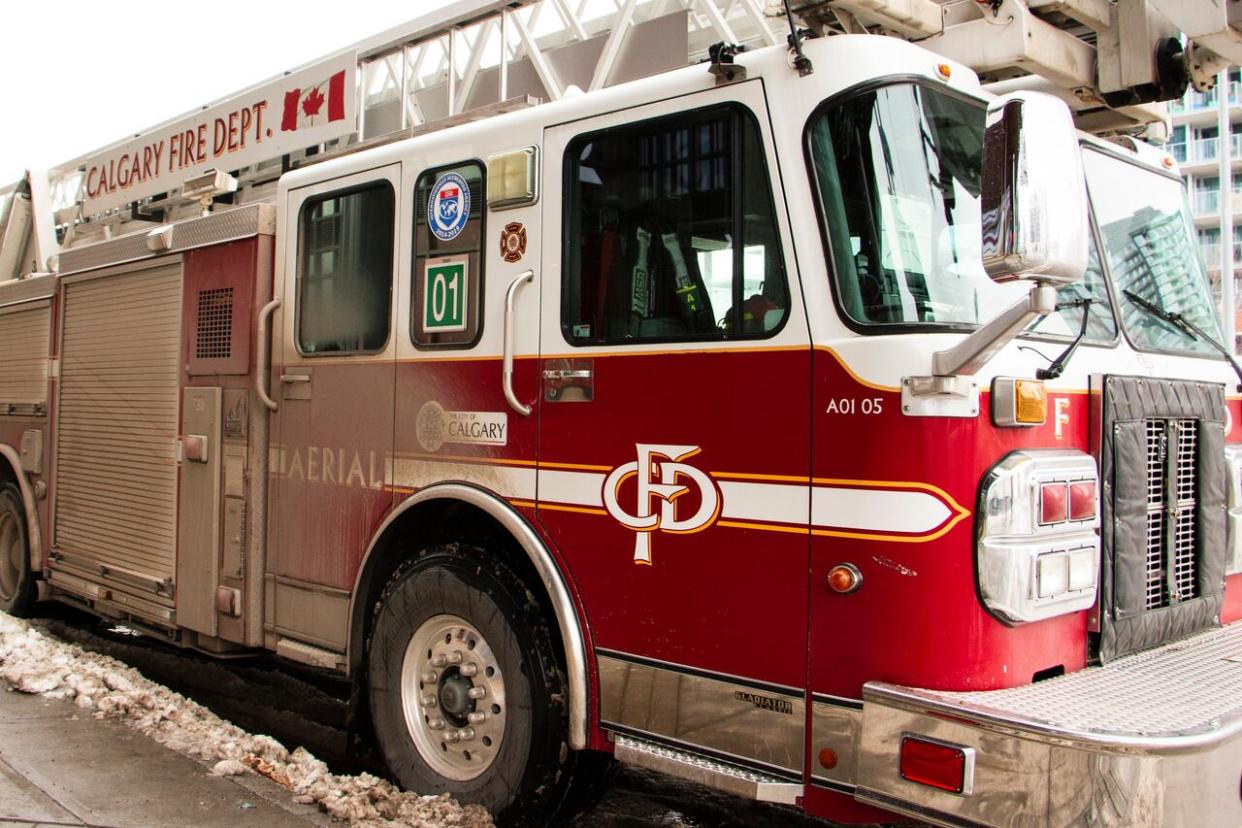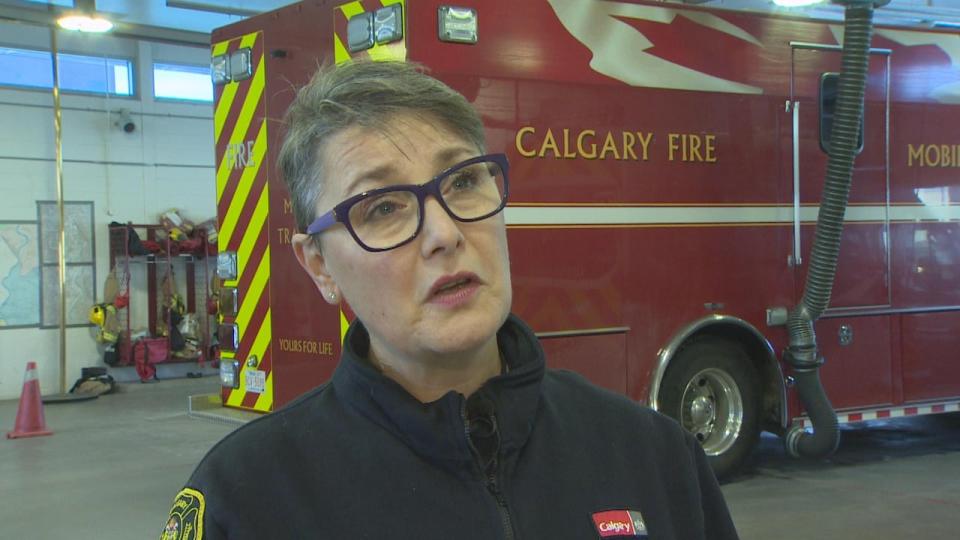3 people hospitalized following carbon monoxide exposure, fire department warns of risks

Fire crews responded to a carbon monoxide concern in the northeast community of Taradale on Tuesday, with three people taken to the hospital following a dangerous accumulation of carbon monoxide within the residence.
The Calgary Fire Department (CFD) said the hazardous materials team and fire crews found levels of carbon monoxide between 60 and 70 parts per million within the residence.
"The carbon monoxide alarms had activated and residents reported feeling sick for some time. Thinking the alarms were faulty, they bought new ones," said a CFD statement on the incident.
It said the new carbon monoxide detectors also went off, which prompted the residents to call 9-1-1.
ATCO and fire crews investigated the scene and determined an exhaust connection within the wall had separated and carbon monoxide had been leaking into the home each time the furnace turned on.
Crews ventilated the home and carbon monoxide levels were reduced to zero.
Carbon monoxide and cold weather
As the forecast predicts the temperature has nowhere to go but down this week, fire officials are urging Calgarians to make sure their carbon monoxide detectors are working.
Carol Henke, the department's public information officer, says they receive roughly 1,500 to 2,000 carbon monoxide-related calls per year, most of which occur during the winter months.
Within the last four days alone, Henke said they've received about a dozen carbon monoxide-related calls.
"The furnace is kicking on more frequently. You might be using your fireplace, whether it be wood-burning or gas, even starting your vehicle to let it warm up. We see people doing that in their garage, which is a big no-no that creates a lot of dangers for people," she said.
Carbon monoxide is made when hydrocarbon fuels are burned incompletely — furnaces, gas-powered appliances and leaving your car idling inside the garage are some common ways carbon monoxide can get into your home.
Because of this, carbon monoxide-related poisonings are more likely to spike when the temperature drops.

'Prevention is always our No. 1 message,' said Calgary Fire Department public information officer Carol Henke when asked about carbon monoxide exposure awareness. (Colleen Underwood/CBC)
While Henke said the majority of calls they receive are false alarms — typically when a carbon monoxide detector expires or needs a new set of batteries — she added the carbon monoxide poisoning risk is still "incredibly dangerous."
"Prevention is always our No. 1 message."
The fire department recommends taking a look at ATCO's checklist to prevent carbon monoxide exposure, because when present, it can lead to grave outcomes.
Some of the symptoms of more mild carbon monoxide exposures include headache, fatigue, dizziness and nausea, while higher levels of carbon monoxide can lead to loss of consciousness, coma and even death.
Nationwide, carbon monoxide exposure is responsible for about 300 deaths and 200 hospitalizations every year according to Canadian government data.
But the toxic gas is colourless, odourless and tasteless, so having a working carbon monoxide detector is necessary.
"You will not know it's there," said Henke, adding that because cold and flu season falls in line with the winter months, many may confuse symptoms of carbon monoxide exposure with those of a run-of-the-mill virus.
HVAC havoc
And given Calgary's mild winter so far, people's furnaces haven't had to work as hard as they're typically used to.
"[Now] the furnace is coming on every 15 minutes, as opposed to the last couple months where we've barely had any winter," said Chris Reid, owner of local HVAC company Calgary Air.
And he's been busy.
Because of the cold snap, Reid said his company has been getting around 25 furnace-related calls every day this week.
Reid, who has been doing HVAC work for over two decades, said getting your furnace inspected and serviced annually — especially before the winter rush — is a key part of avoiding carbon monoxide-related issues.
"If they're not inspected, the heat exchanger [can] fail. …You've really got to watch the equipment, make sure the equipment isn't leaking into the home, and then make sure the venting is up to date."

